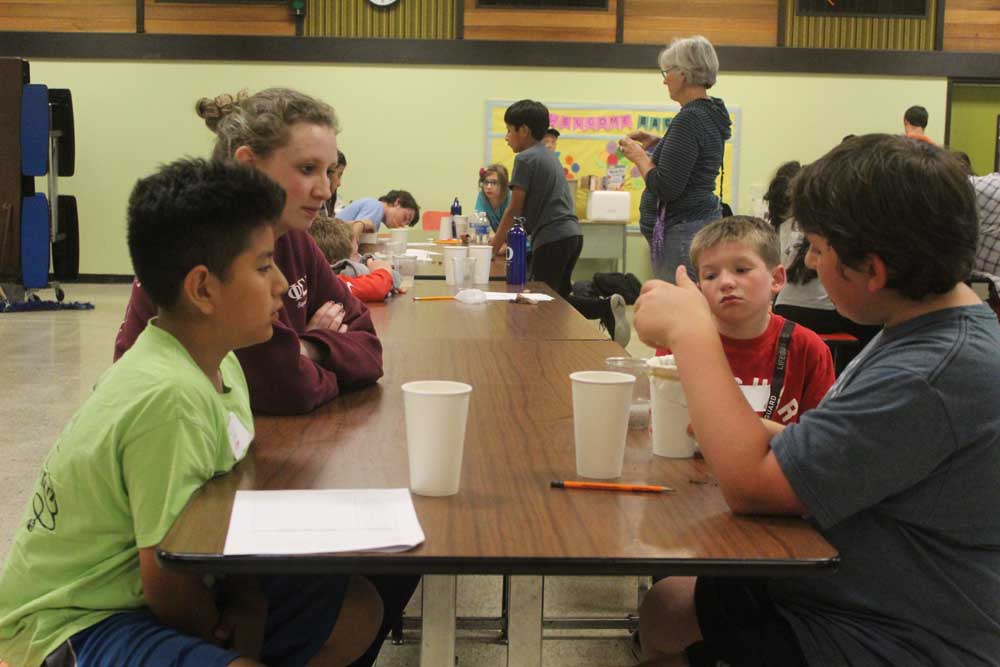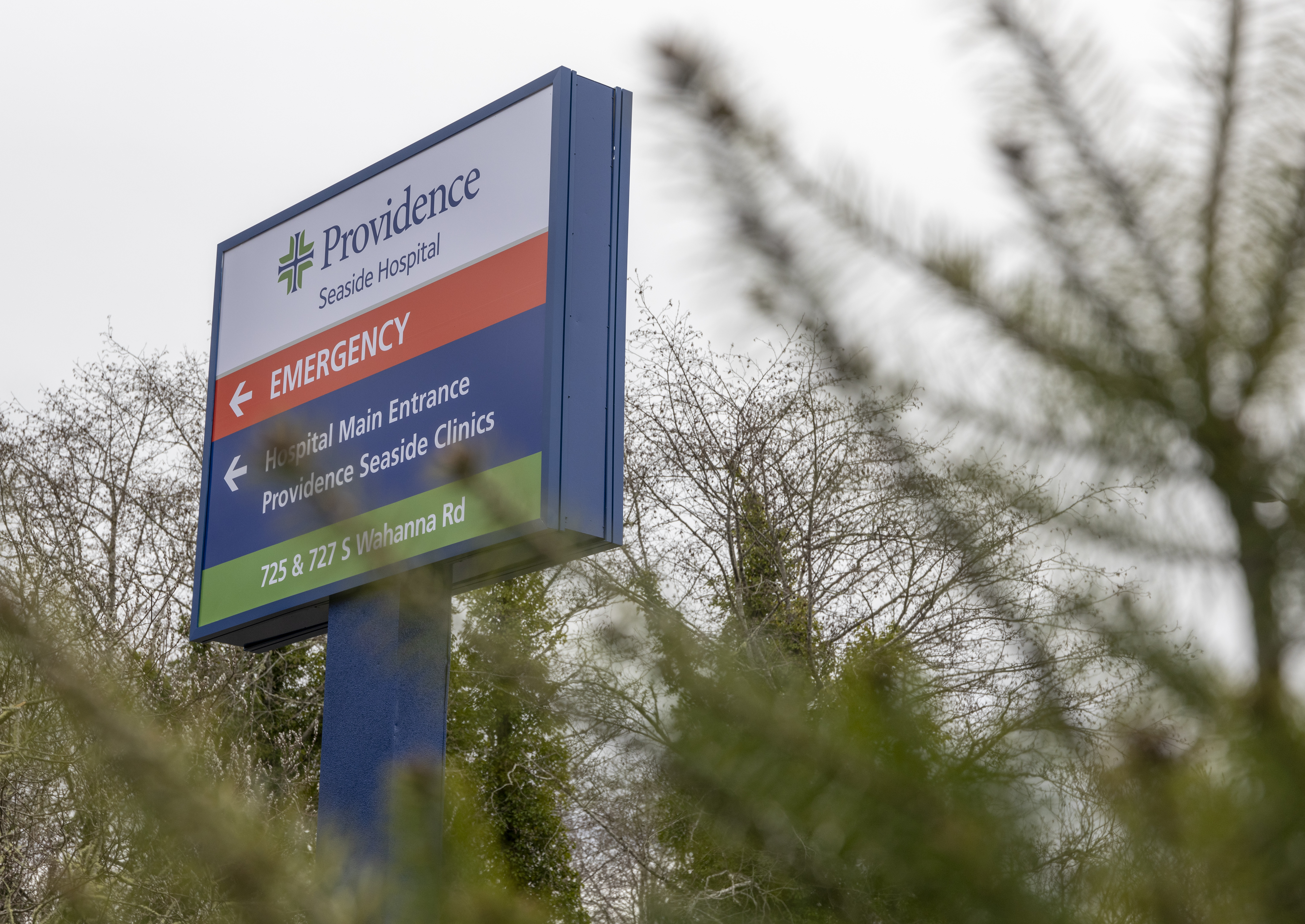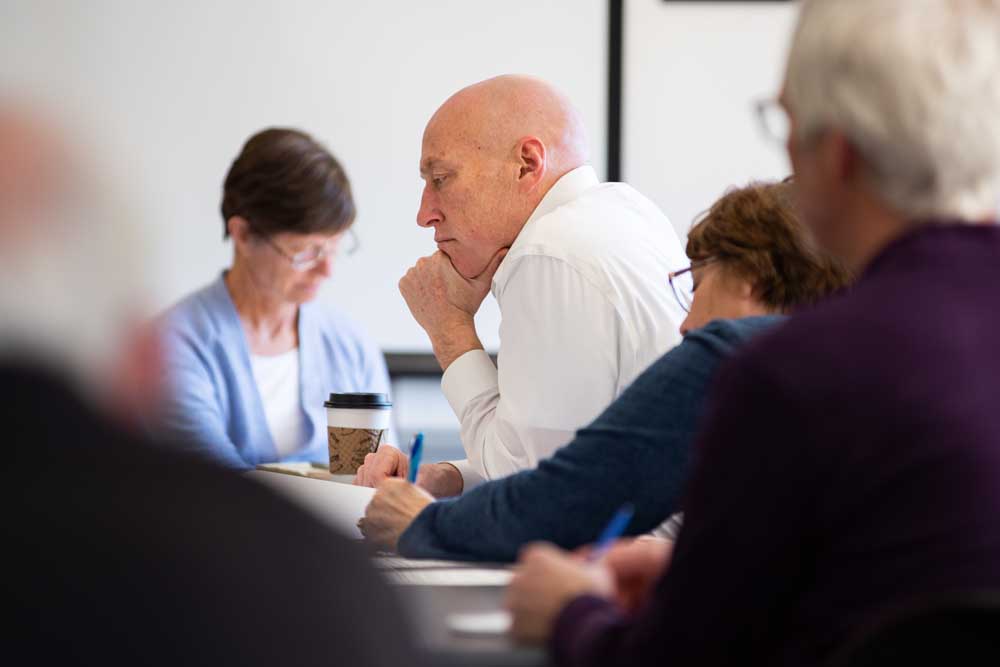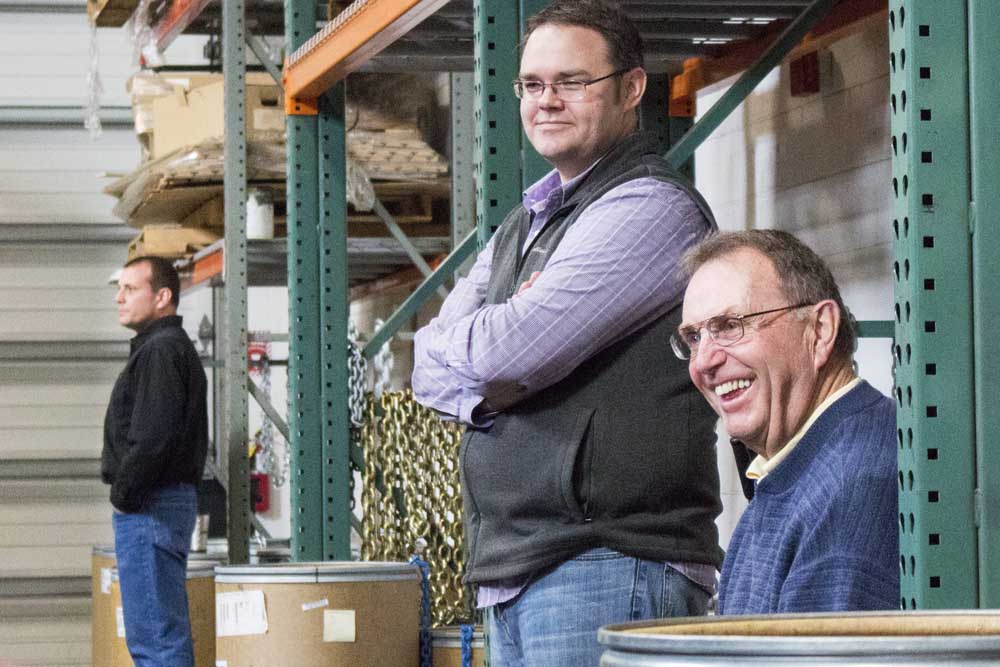Camp builds students’ STEM skills
Published 4:24 am Tuesday, August 8, 2017

- Photo 3 Rachel Johnson, a camp leader and bio engineering major at Oregon State University, talks with local students while they worked on building a water infiltration system during a STEM-related summer camp.
Science, technology, engineering and mathematics are more than just classroom subjects. They are areas of study, primarily rooted in problem-solving, that pervade everyday life.
Trending
For some young students, however, those naturally interconnected disciplines, especially engineering, can be intimidating, dull or inaccessible. That’s why the Oregon Coast STEM Hub and Oregon State University approach them through a series of mobile science and engineering summer camps, offered to middle schoolers along the coast.
The Seaside School District played host to one such day camp, held July 12 and 13 at The Heights Elementary School. More than a dozen local students who are entering sixth to ninth grade this fall explored science and engineering through several hands-on activities, such as developing water infiltration systems, creating wind turbines and building handmade speakers.
“In a lot of small, rural communities, they’re not going to have classes with many of these activities,” said Rachel Johnson, a senior bioengineering major at OSU.
Trending
Johnson was one of four OSU students facilitating Seaside’s Center for Outreach in Science and Engineering for Youth Mobile Science and Engineering Camp, operated by the Precollege Programs at OSU in partnership with the Oregon Coast STEM Hub.
Gearhart Elementary School fifth-grade teacher Erica Acton served as the local host. Students from the Seaside School District could participate in the camp, which included lunch and materials, at no cost.
The mobile summer camps — which so far have been held in Tillamook, Lincoln City, Astoria and Seaside, and next will travel to Coquille and Brookings — offer several benefits, according to Johnson. The campers are in a comfortable, familiar environment with their friends and peers from school. Additionally, the camp is an outlet where they can learn STEM-related information without the pressure of impending tests or homework assignments.
Sometimes, Johnson said, students will show up feeling reluctant about the idea of doing “more school,” so to speak. During the two days of camp, however, the instructors have the pleasure of showing the campers how enjoyable it can be to engage the STEM topics by providing hands-on application.
When it comes to building and retaining children’s interest in STEM topics at the middle-school age, that’s “a big step in the right direction,” said camp instructor Apoorva Ayyagari, another senior bioengineering major at OSU.
“It’s an easier way to piece together information that’s being thrown at you,” she said.
‘Just problem-solving’
Most students are exposed to science, math and technology by the time they are entering ninth grade, but engineering can be a more elusive subject for children. Acton felt the camp was especially successful in exposing the students to what engineering entails and making the topic accessible to them.
“It’s really just problem-solving,” she said.
Johnson agreed most of the activities they do with the campers put a heavy focus on critical thinking and problem-solving. Each project involves multiple variables, which allows the students to play around with changing one or two and seeing how that affects the outcome. If changing one variable doesn’t accomplish what they hope, they can address another.
What strikes the instructors as particularly interesting is how creativity varies considerably from school to school, and even from student to student.
During the first activity, students were put into teams, and each team had to use plastic pipe and connectors to build a freestanding dog sculpture. This activity helped them warm up to the idea of engineering as problem-solving, as well as group work and sharing and listening to others’ ideas.
One group chose to have their dog sitting, instead of standing on all fours. Although unconventional and surprising compared to the structures made by other groups, it wasn’t “a wrong answer within the specifications of the problem,” Acton said. Similarly, when the students build solar-powered cars from kits, “not a single car looks the same,” Ayyagari said.
In general, the young students seem more apt to exercise creative thinking and personalized approaches than adults, Johnson said, adding, “They don’t see the obstacles we see.”
In another activity, held on the second day of camp, the instructors talked to the students about college admissions and the professions available in the STEM disciplines. The purpose, Ayyagari said, was “to encourage them to pursue education after high school and inform them on the benefit of doing so.”









